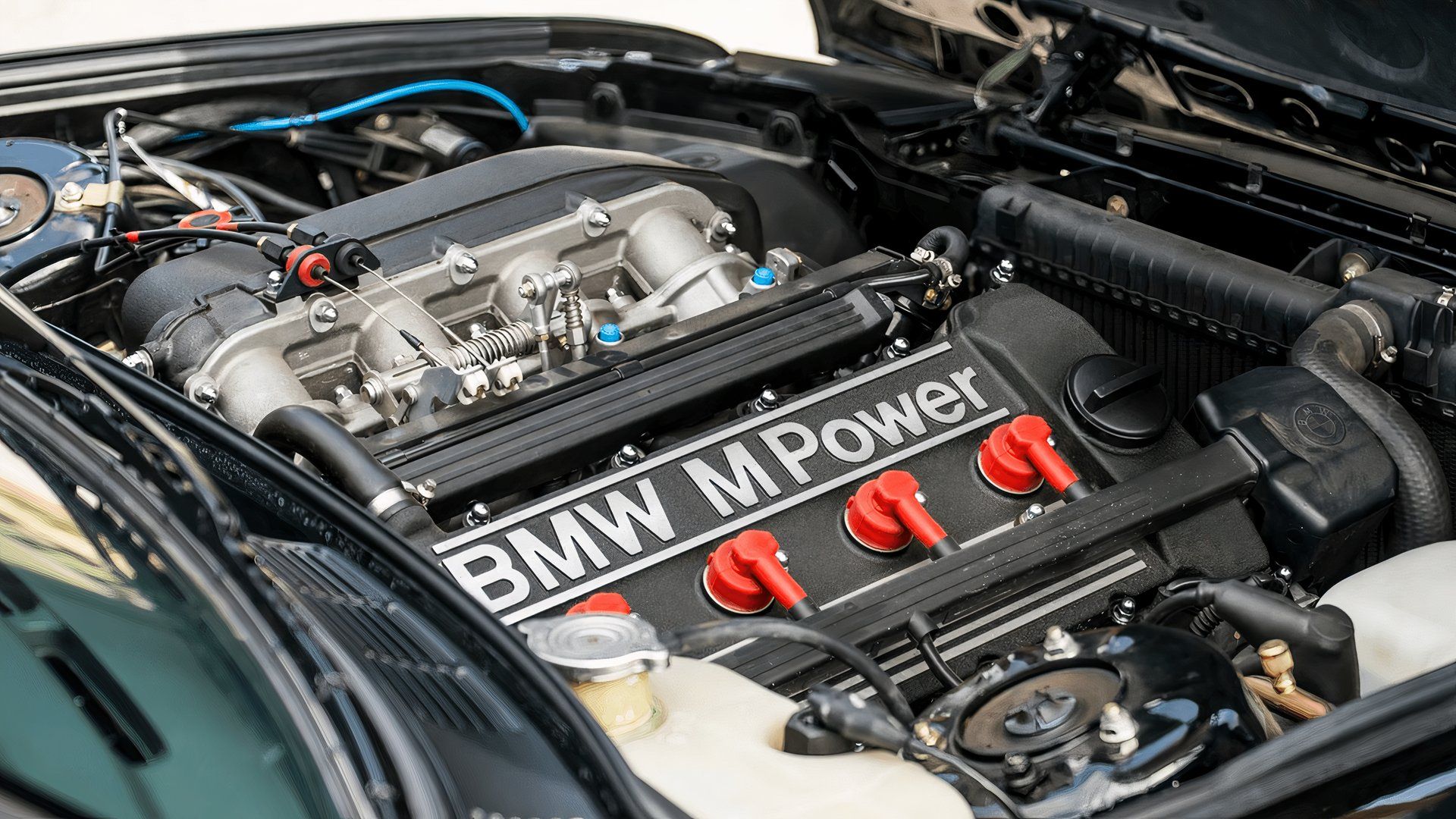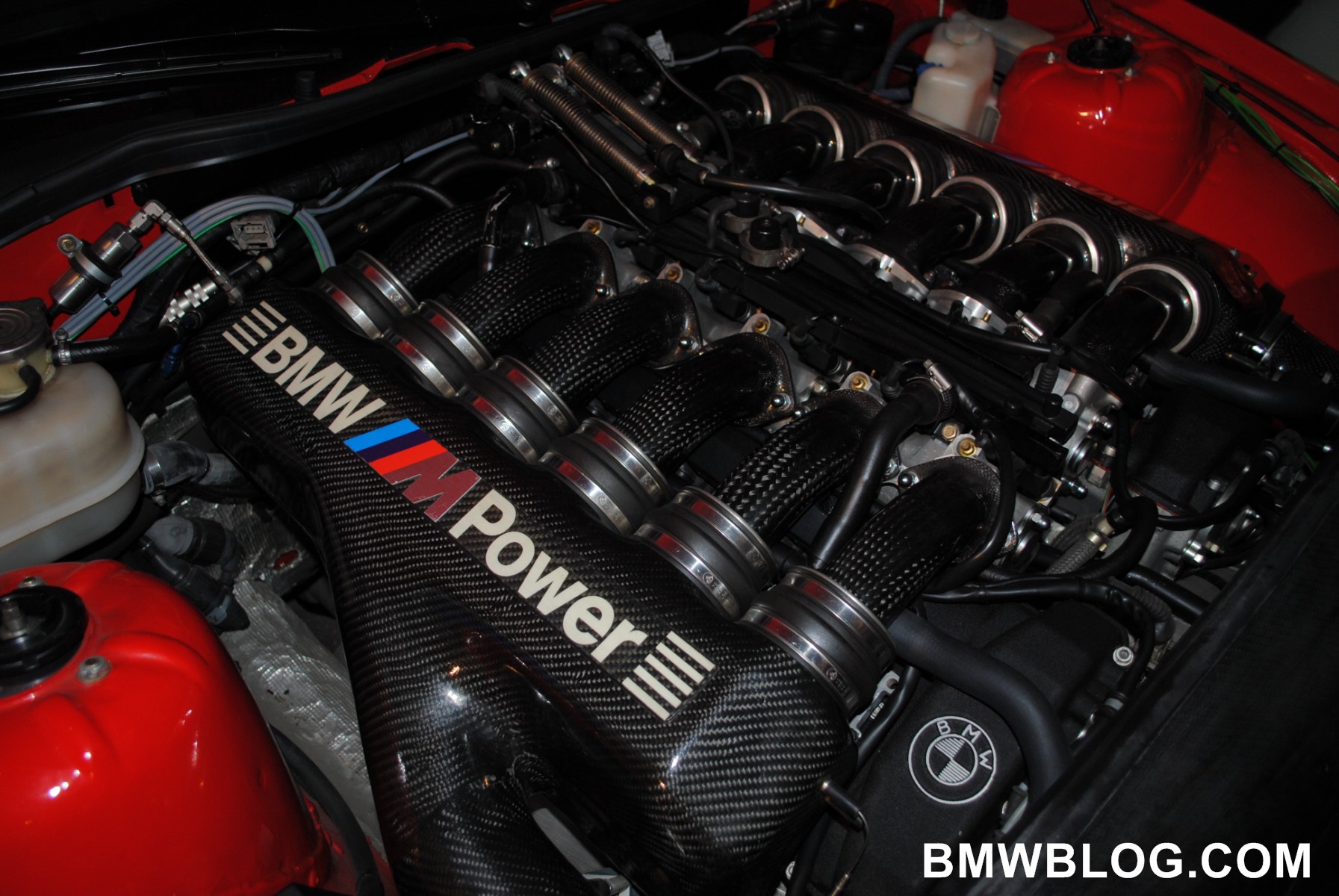Exploring the Development of Combustion Engines in Modern Transportation Equipments
As we browse the landscape of modern-day transportation, the advancement of burning engines stands as a testament to human resourcefulness and design expertise. The interplay of history, technology, and ecological issues in shaping the trajectory of combustion engines creates a story that is both engaging and insightful.
Early Beginnings of Combustion Engines
Just how did the principle of burning engines very first arise in the very early phases of transport growth? The roots of combustion engines can be mapped back to the 17th century when the concepts of interior burning were very first discovered.
The innovation minute featured the innovation of the very first successful gasoline-powered engine by Karl Benz in 1885 - bmw engine. This engine led the way for the growth of the modern-day automobile, transforming transportation systems worldwide. Succeeding technologies by Nikolaus Otto and Gottlieb Daimler additionally refined burning engine technology, causing the mass production of autos and the quick growth of the transport market
These early burning engines were defined by their simpleness and performance, laying the foundation for the facility and effective engines made use of in contemporary transportation systems. The advancement of combustion engines has actually contributed fit the method we travel and move goods, noting a significant landmark in the history of transportation development.
Change to Internal Burning Technology
The shift to inner burning modern technology noted a crucial shift in the development of transport systems. This change began in the late 19th century, with creators like Nikolaus Otto and Gottlieb Daimler developing the first effective internal burning engines. These engines transformed transportation by providing a more efficient and powerful choice to vapor engines and electric motors.
One of the essential advantages of internal combustion engines was their capability to be reduced to match vehicles, bring about the advancement of motorcycles and automobiles. This change from bulky, fixed engines to compact, mobile ones led the way for the contemporary transportation systems we see today.
The transition to interior combustion modern technology additionally stimulated developments in gas technology, causing the development of gas and diesel as key gas resources for automobiles. This change not just made transportation a lot more easily accessible to the masses yet likewise laid the structure for the oil and gas industry to become integral to worldwide economic situations.
Effect of Combustion Engines on Transport
The adoption of burning engines in transportation systems catalyzed a profound shift in the efficiency and speed of worldwide wheelchair. Burning engines revolutionized transport by supplying a dependable and versatile source of power for different lorries, including autos, airplanes, ships, and trucks. This technology significantly improved the capacity for individuals and products to move over fars away in much shorter time structures, resulting in raised connectivity in between areas and nations.
Additionally, the widespread use burning engines has actually had a significant effect on economic advancement. The capability to transfer goods effectively has stimulated profession and business, permitting companies to expand their markets and reach consumers worldwide. This has actually helped with economic growth and globalization, as items can now be carried much faster and in larger quantities than ever in the past.
Nonetheless, the environmental effect of combustion engines can not be forgotten. The burning of fossil fuels has actually brought about air contamination and greenhouse gas exhausts, adding to climate modification and posing health and wellness dangers to populations. bmw engine. Because of this, there is an expanding focus on creating different propulsion innovations to minimize these adverse results and produce a much more sustainable future for transportation
Advancements in Burning Engine Style
Many advancements in burning engine design have driven the evolution of transportation systems over the decades. One remarkable innovation is the growth of turbocharged engines, which utilize exhaust gases to drive a generator click for info that compresses incoming air, enabling even more gas to be burnt, leading to raised power output without a substantial rise in engine dimension. Additionally, direct injection modern technology has improved fuel effectiveness and performance by specifically controlling the amount and timing of fuel injected into the combustion chamber. Variable shutoff timing systems have also revolutionized engine style by optimizing air movement at different engine speeds, improving both power and efficiency. Another substantial advancement is the combination of lightweight materials such as carbon fiber and light weight aluminum alloys, minimizing overall engine weight and boosting car fuel economic situation. In addition, developments in computer-aided style have made it possible for engineers to enhance engine performance and effectiveness via simulations prior to physical models are built, saving time and resources in the growth process. These advancements jointly add to the constant renovation of burning engines in contemporary transportation systems.
Future Patterns in Burning Engine Advancement
With technology advancements driving continuous technology, the future of combustion engine development is poised to reinvent transportation systems internationally. One of the key patterns in burning engine growth is the press in the direction of higher effectiveness and minimized discharges. Producers are investing heavily in r & d to improve engine efficiency while fulfilling rigid ecological laws. This consists of the assimilation of innovative gas injection systems, improved turbocharging methods, and the usage of lightweight materials to maximize fuel consumption and lower carbon exhausts.
One more popular fad is the adoption of hybrid innovations in combustion engines. Crossbreed engines incorporate traditional combustion technology with electric power, using boosted fuel efficiency and lower exhausts. As the automotive industry shifts towards electrification, hybrid burning engines are viewed as a transitional service that bridges the void between conventional lorries and totally electric ones.
Moreover, the assimilation of smart innovations, such as artificial intelligence and information analytics, is expected to play a considerable function in click to read more the future of burning engine growth. These technologies can enhance engine performance in real-time, leading to extra efficient burning processes and enhanced general car performance. Welcoming these future fads will certainly not just drive development in burning engine advancement but additionally add to an extra lasting and eco-friendly transport environment.

Final Thought
Finally, the development of combustion engines in modern transport systems has been noted by considerable developments in modern technology and layout. From the very early beginnings of burning engines to the change to here are the findings internal combustion innovation, these engines have actually had an extensive effect on transport. Advancements in burning engine style remain to drive development in this area, with future trends focusing on more boosting efficiency and decreasing emissions. The future of combustion engines in transport looks promising as research and growth efforts remain to press boundaries.
The roots of combustion engines can be mapped back to the 17th century when the principles of internal burning were first checked out. These engines changed transportation by providing a more reliable and effective alternative to steam engines and electric motors.
